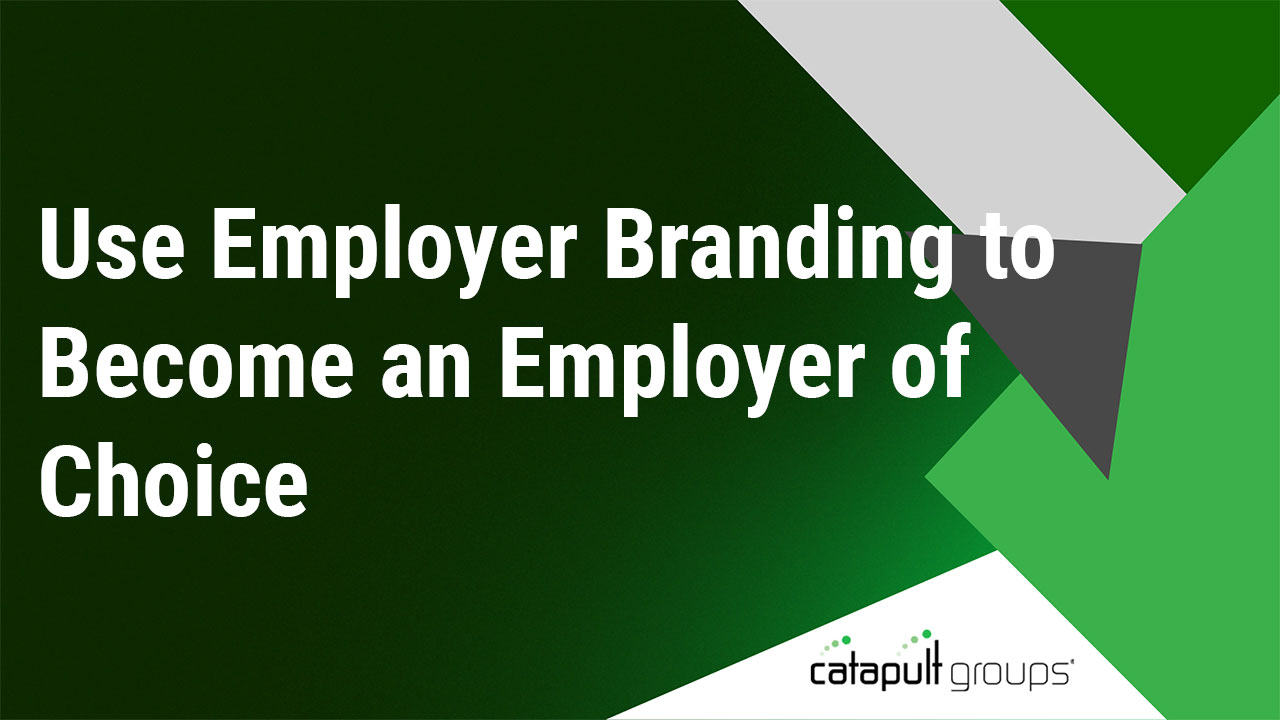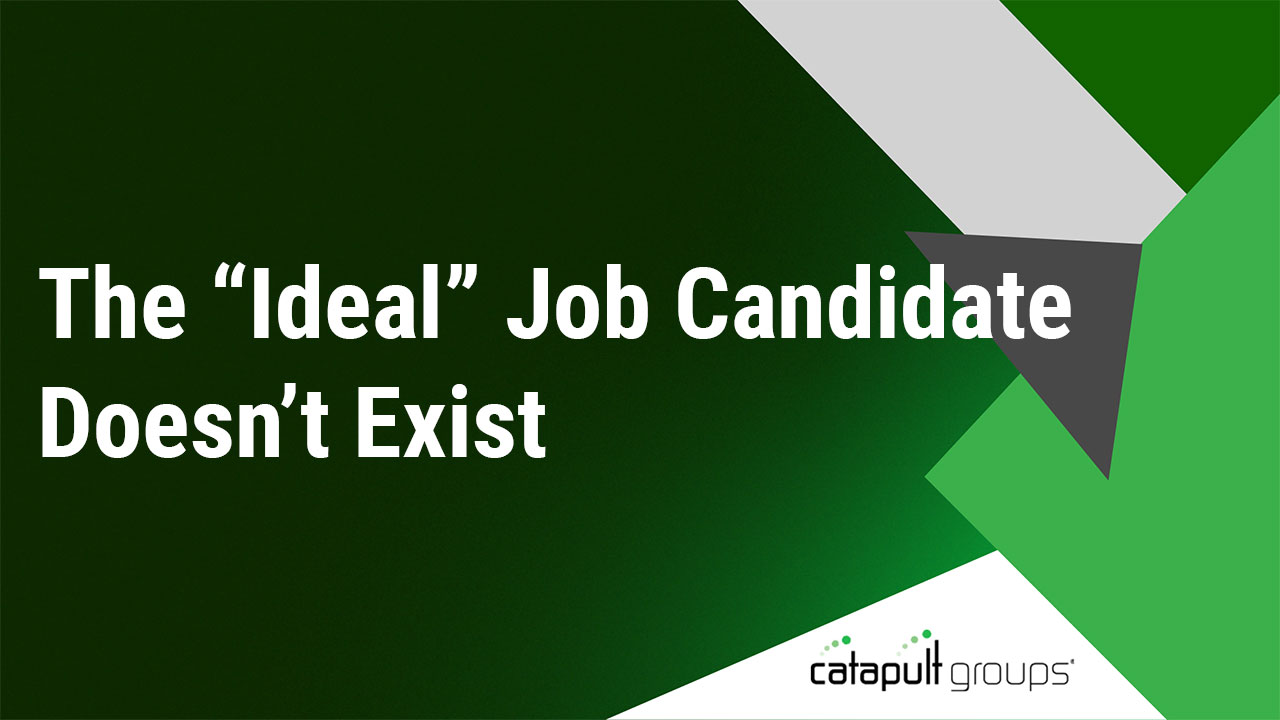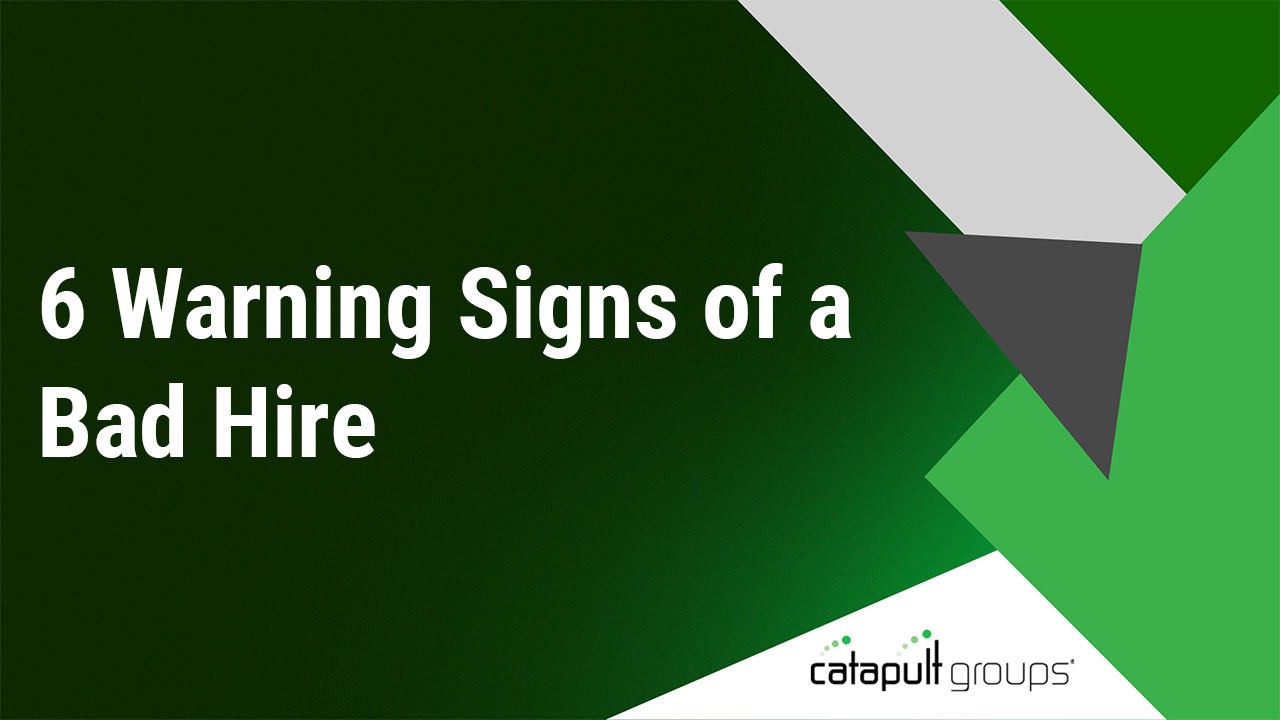These days, job candidates have become fairly sophisticated in their mastery of interview skills. This is particularly true on the managerial and executive level, where candidates often come across as highly articulate and knowledgeable about their profession. These are valuable traits, of course, but someone who talks a good game isn’t necessarily the ideal choice for your high-level position.
As you size up an individual based on how well they respond to questions and engage in conversation, keep an eye on his or her body language. What’s called the “nonverbals” can also tell you a lot about a person’s confidence level and ability to engage with others in a positive and constructive manner.
It starts with the handshake. Before any substantive words are spoken, there’s the handshake. Is the job-seeker’s grip firm and does he smile and maintain eye during the initial greeting? These are clear indications of confidence, sincerity and approachability.
A limp handshake, on the other hand, suggests a person not exactly brimming over with self-confidence. A handshake that leaves your own hand aching indicates that he might be aggressive by nature or indifferent to another person’s comfort level.
Making an entrance. Pay attention to how the candidate enters your office. Someone who “walks tall” with brisk strides demonstrates both confidence and enthusiasm about the interview process—which bodes well for her demeanor in other stressful workplace situations. A person who shuffles into the office with hands in his pockets and shoulders hunched gives the impression that they might as well be about to undergo root canal, not a hopeful indication of how they’ll perform under pressure.
How do they appear seated across from you? An individual’s posture while seated can also speak volumes about their personality. Sitting tall, but not stiffly erect, indicates a high degree of alertness and confidence, as does the act of leaning slightly forward during the conversation.
A job candidate who slouches in the chair is an obvious red flag. Someone who leans backwards or even goes so far as to clasp their hands behind their heads is broadcasting potential arrogance and disdain that most CEOs or business owners don’t want anywhere around their office.
The eyes have it. We all know about the importance of eye contact, but the point is worth repeating: A person who maintains good eye contact—but isn’t intent on staring you down—likely has desirable people skills. Someone who declines to look you in the eye or can’t hold eye contact for more than a second is clearly nervous (understandable in the interview setting, but what about other stress-inducing situations?) or too introverted or dishonest to represent your company as a high-level employee.
Try a walkabout. As noted earlier, veteran job-seekers not only know the right things to say, but they’re wise to some of the nonverbal attributes discussed here. If an individual’s body language comes across as a bit too perfect, try what author Sharon Saylor calls an “office walkabout.”
At the end of the interview, invite the candidate to take a brief walk around the office and meet some of your employees. This is an opportunity to observe them in unscripted action.
“How does the candidate react to each [interaction]?” Saylor asks. “Do they show interest and ask questions? How quickly do they smile? Do they make eye contact and for how long? Do they appear comfortable in engaging in other rapport-building skills?” You can learn a lot about a person in these spontaneous encounters with others.
Reading a candidate’s body language is a useful tool for assessing their capabilities, but keep in mind that an interview is an “abnormal” situation. A person’s nonverbal indicators should never be the sole basis upon which you make a hiring decision.
Learn how CEOs and business owners like you are overcoming strategic and operational challenges to grow their business. Visit our YouTube page to hear from Catapult Groups members and Group Leaders on the importance of joining a peer advisory board.



